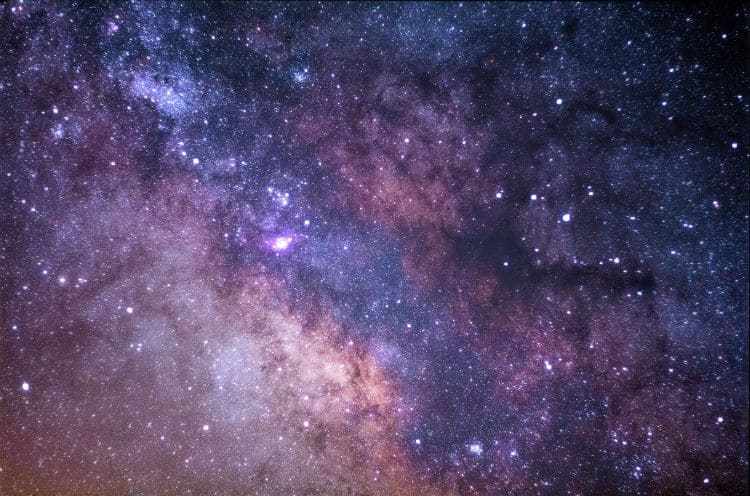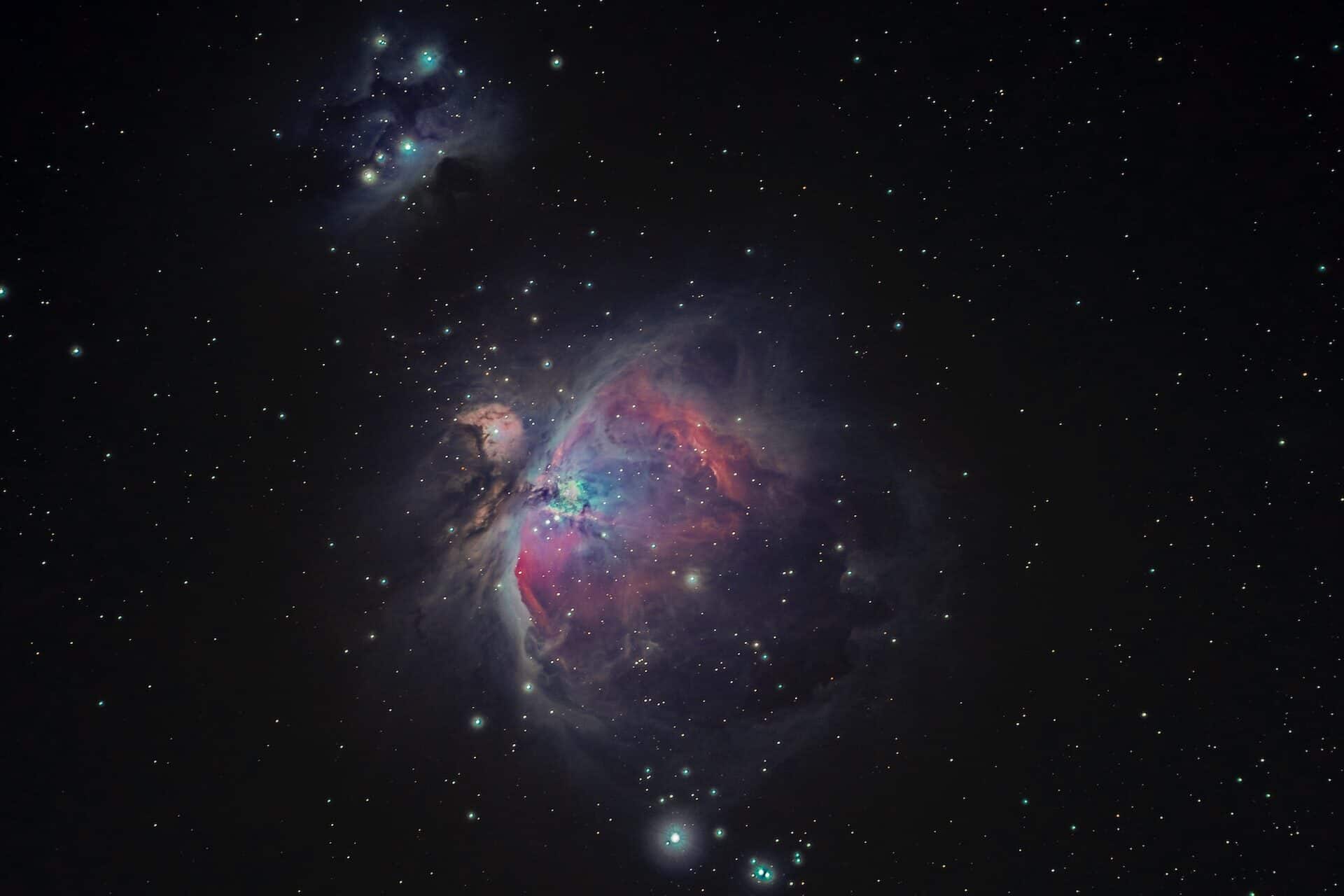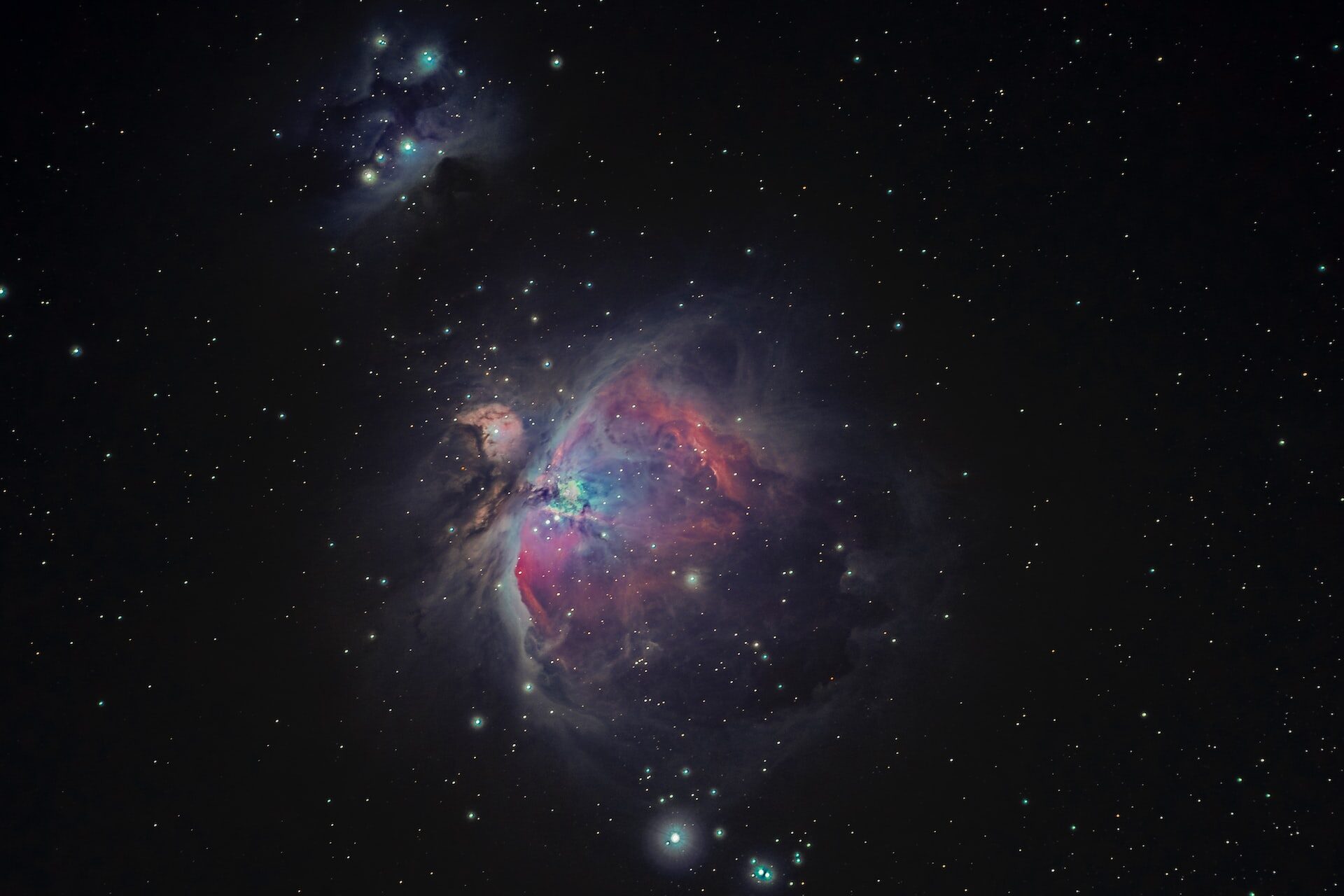
Astronomers Detect Ghost Particles in a Galaxy Far, Far Away
August 16, 2018 - Emily Newton
Revolutionized is reader-supported. When you buy through links on our site, we may earn an affiliate commision. Learn more here.
Neutrinos are everywhere — passing around and through you every single day — but you’d never even know they were there. They’re kind of like ghosts, which is why they’ve acquired the name “ghost particles.” They’re left over from the Big Bang and, according to scientists, there are more neutrinos in the universe right now than any other type of matter.
At least, our neutrino detectors “think” there are a ton of neutrinos out there. They don’t interact with any other particles, which makes them nearly impossible to detect. These elusive little particles could hold the key to understanding the nature and the expansion of the universe, which is why it’s so exciting that these ghost particles have been detected in a galaxy far, far away.
Let’s take a closer look at the neutrino detector that discovered these ghost particles and what it might mean for the future of astronomy.
First, What Are Neutrinos?
We’re talking about these ghost particles, but what actually are neutrinos? They are considered elementary particles similar to electrons and quarks with one major difference: they are almost massless and don’t interact with anything they pass through. They are, quite literally, ghostly.
There are also three different types of neutrinos that we’ve detected so far. Electron neutrinos pair with electrons, muon neutrinos pair with muon leptons and tauon neutrinos that pair with tau leptons. These are stable particles, but that doesn’t make it easy to detect them. The three “flavors” of neutrino are also all nearly identical, making it extremely difficult to tell them apart, especially when we can’t see them.
These particles were originally thought to be massless, but it has since been determined that they don’t just have mass, but that each type of neutrino also has its own “mass state.” They also oscillate between the mass states and it has been theorized that whether or not we will be able to detect these ghost particles will depend largely on the mass state of each particle at any given moment.
The largest of these particles, relatively speaking, are the electron neutrinos. When they oscillate, these electron neutrinos decay into an electron — another electron neutrino and one muon neutrino. Muon neutrinos, in turn, oscillate into tau neutrinos.
Distant Ghosts
We’ve been trying to find neutrinos somewhere other than our solar system since the 1950s, when we first started doing astronomy with neutrinos. We did manage to find some that were being emitted by a supernova in the late 1980s, but since stars going nova are a fairly rare occurrence, astronomically speaking, we haven’t spotted any more nova neutrinos since. Until now.
The Ice Cube telescope, a particle telescope that is buried in the deep ice in Antarctica, has detected neutrinos from, and located in, a distant galaxy. Specifically, these neutrinos were being sent out by a blazar known in astronomy circles as “TXS 0506+056.”
A blazar is a type of quasar — a remote star that releases large amounts of energy — that emits a plasma jet pointed in the general direction of Earth. They’re very popular in the research of high-energy astrophysics because they’re constantly sending particles in our direction, including neutrinos.
This has resulted in astronomers having to completely change their models to rethink how and why neutrinos are being emitted by these intergalactic monsters, and it may enable us to take a closer look at the origins of the universe.
Why Use a Neutrino Detector?
A massive explosion created the universe. We know that, originally, neutrinos were larger and had more mass. In fact, they were large enough to create the balance between matter and antimatter. We’ll never be able create this type of heavy neutrino — since it was more than a billion times heavier than a proton — but we might be able to understand the nature of the universe by studying the tiny, nearly massless neutrinos that remain.
If we can learn how neutrinos work and how they move, we may be that much closer to understanding how the universe began and how all of these particles worked together to create the universe we live in today.
Neutrinos might be one of the tiniest things in the universe, but if we can find them with neutrino detectors and understand how they work, they may be the key to helping us understand how we got here and where we’re going from here. If the only place you’ve heard about neutrinos is in “Star Trek,” you’re not alone — most people, outside of astronomers and particle physicists, have no idea what neutrinos are and what they mean to the universe.
Right now, astronomers believe there are more neutrinos in the galaxy than any other particle. If we could see these particles, or even detect them, it might give us a better idea of how the universe was formed and what unlikely chain of events occurred that caused the creation of our home planet and the beginning of our species.
Revolutionized is reader-supported. When you buy through links on our site, we may earn an affiliate commision. Learn more here.
Author
Emily Newton
Emily Newton is a technology and industrial journalist and the Editor in Chief of Revolutionized. She manages the sites publishing schedule, SEO optimization and content strategy. Emily enjoys writing and researching articles about how technology is changing every industry. When she isn't working, Emily enjoys playing video games or curling up with a good book.





Very interesting! The concept on why certain formations of colossal structures of the universe happen as they are intrests me, the neutrinos may have an affect as to why gravity works, or how there is a limit or capacity on how large a galaxy can get, how they form the shape they are or how there are clusters in certain areas of the universe! Overall all this article was very informing and I hope to see more by you soon!